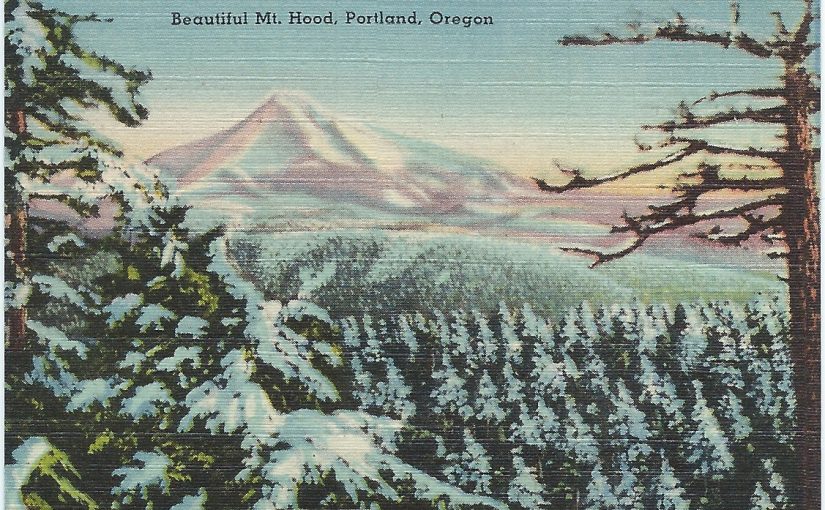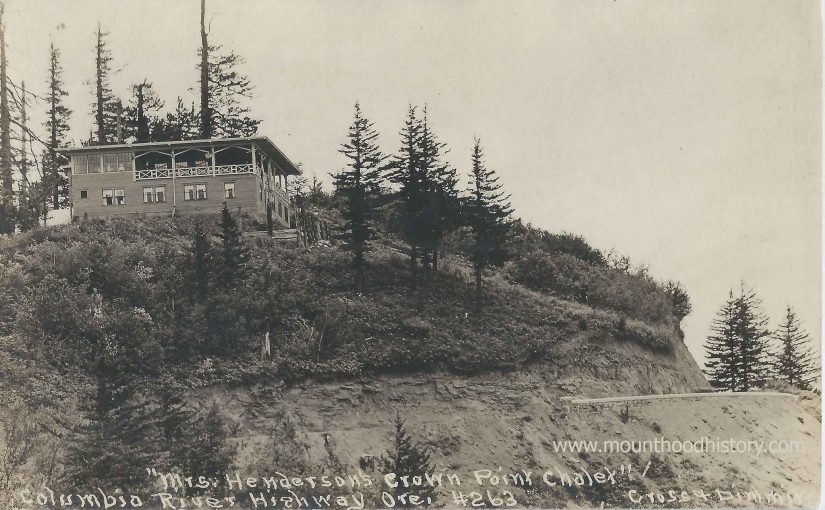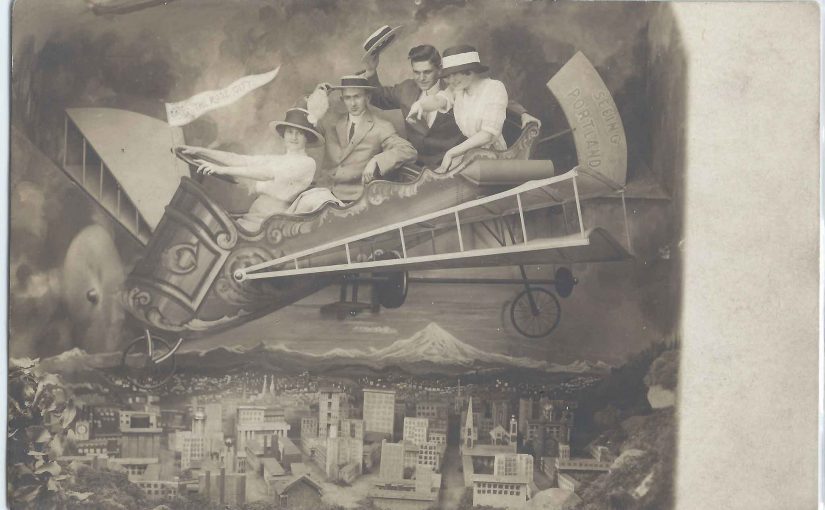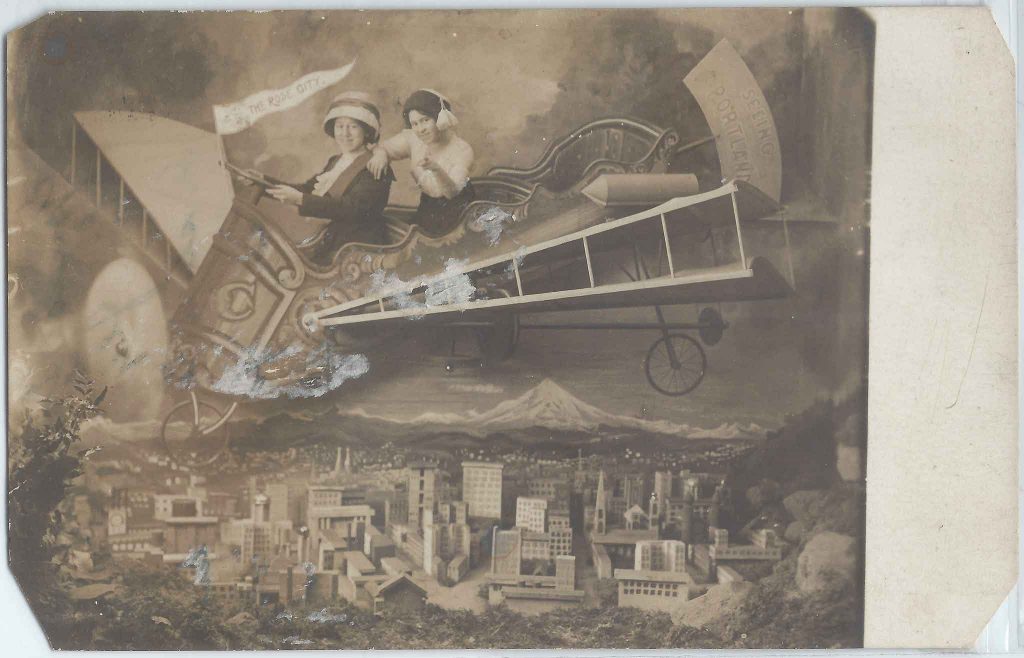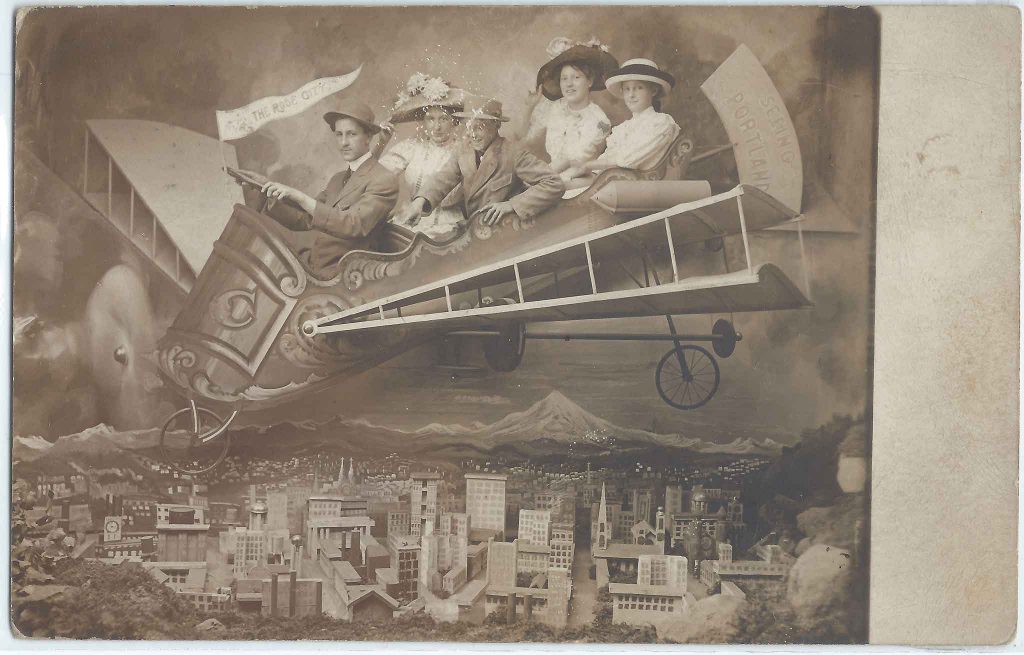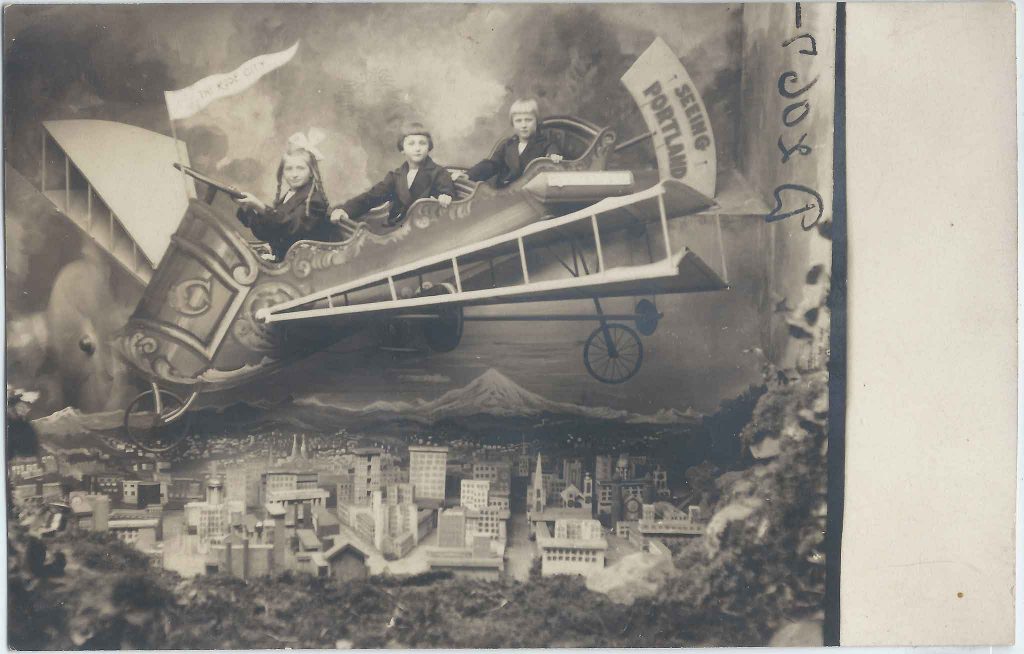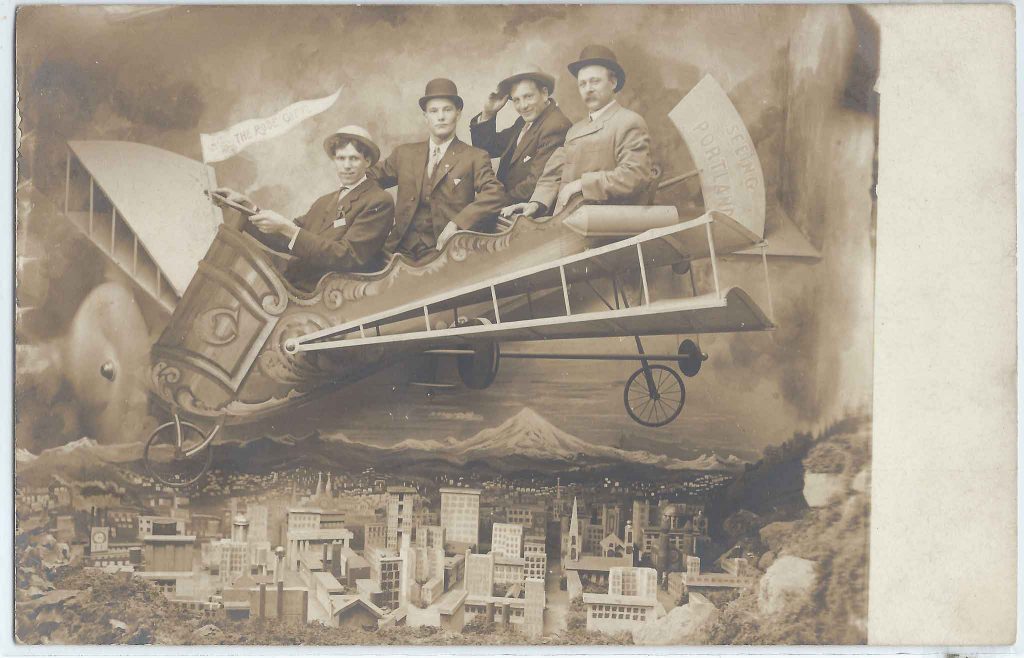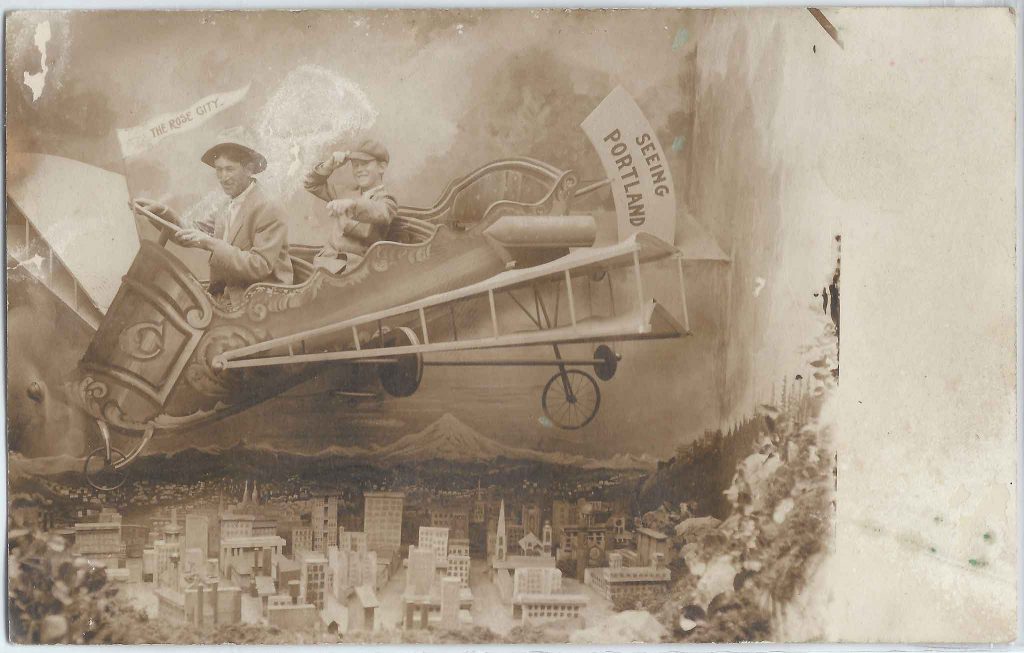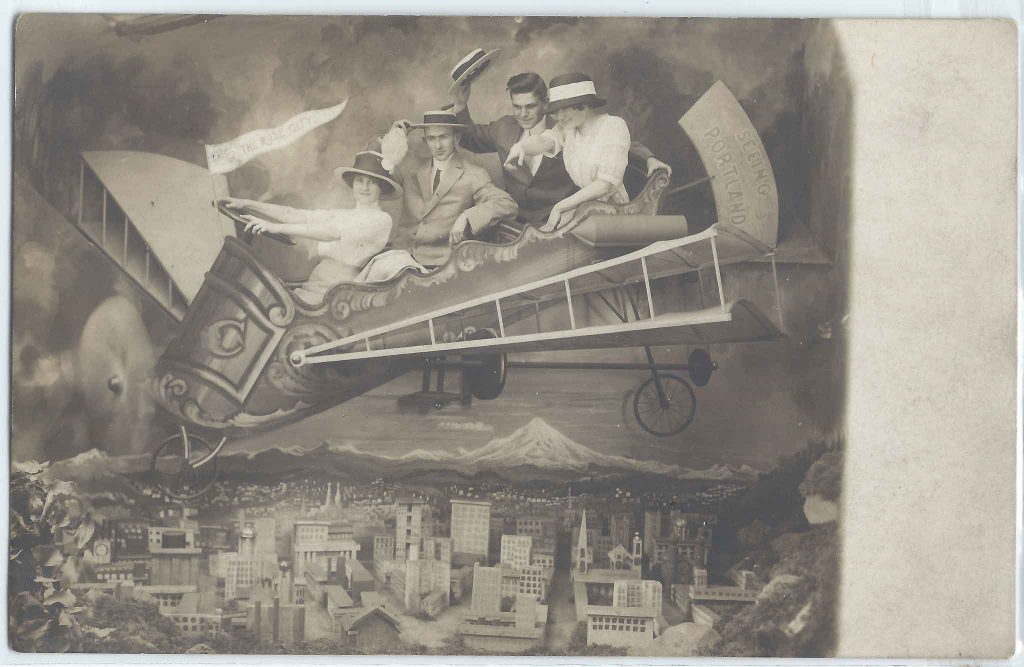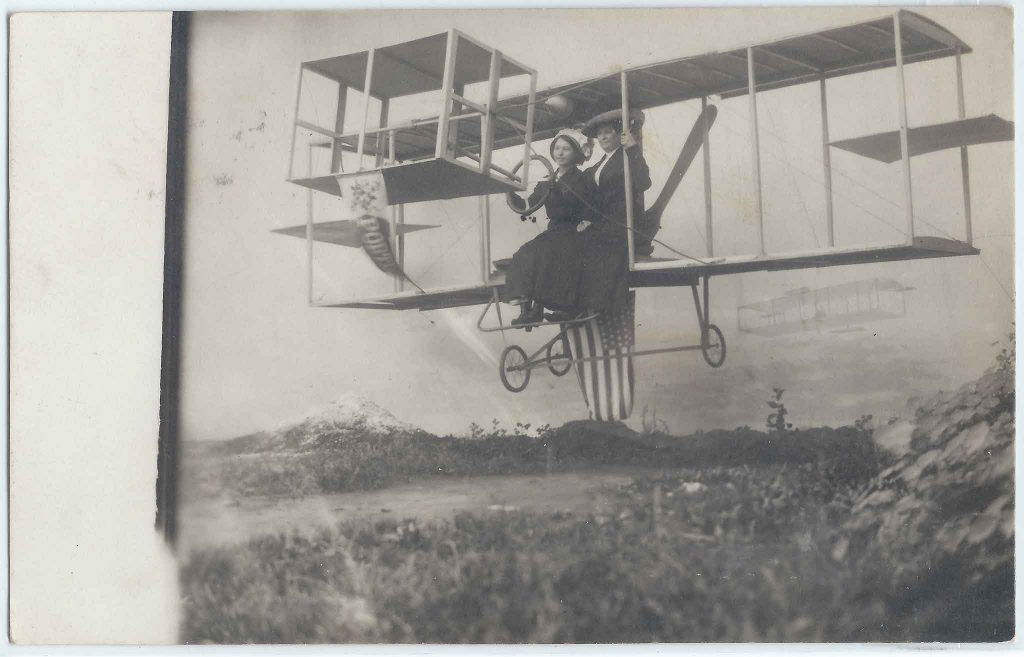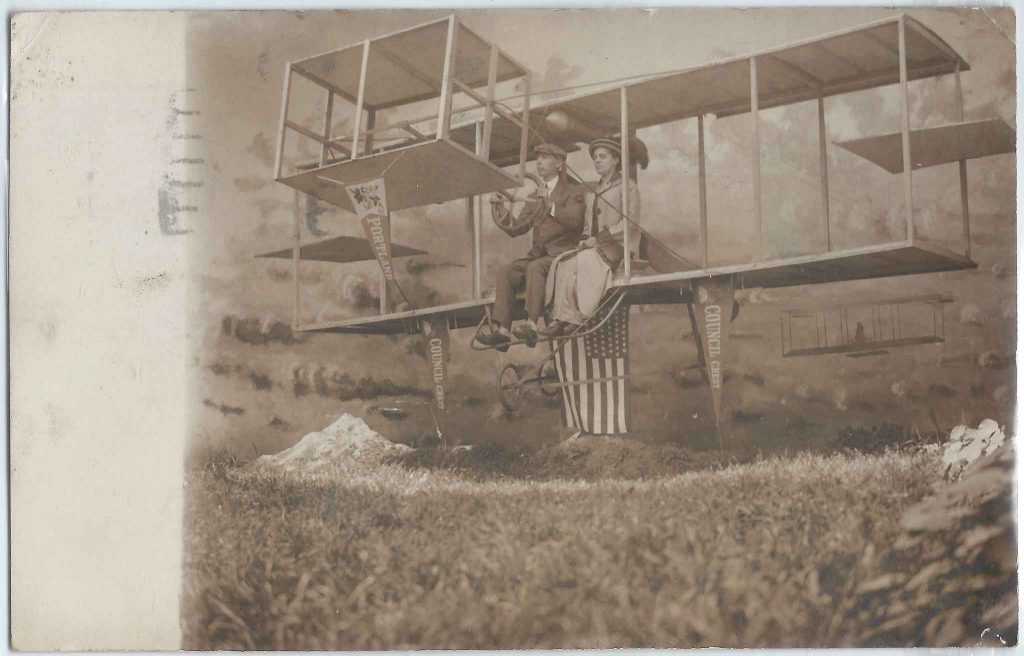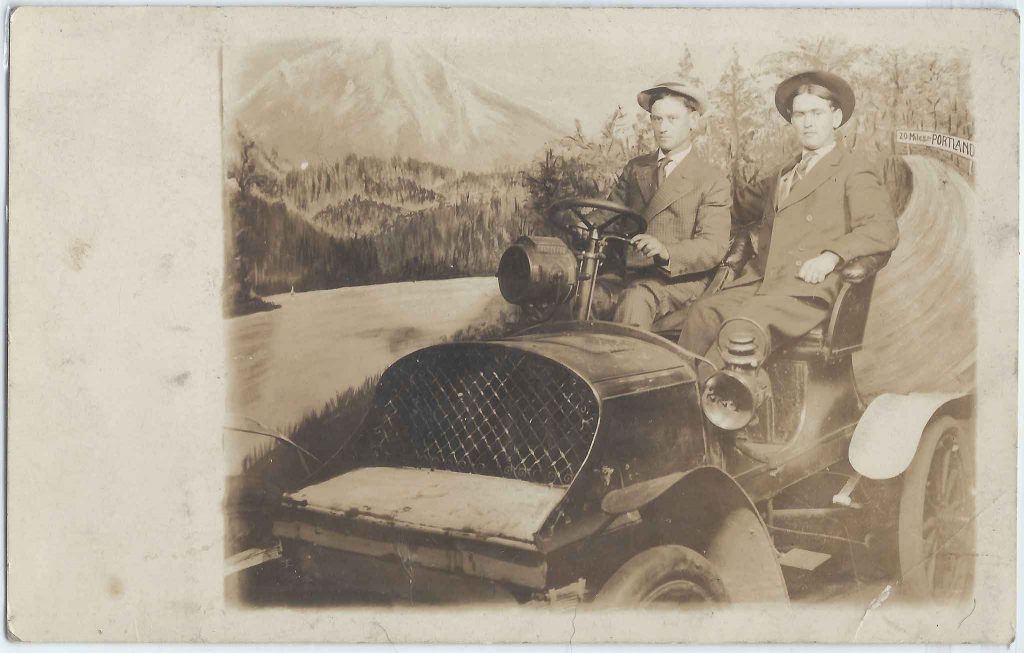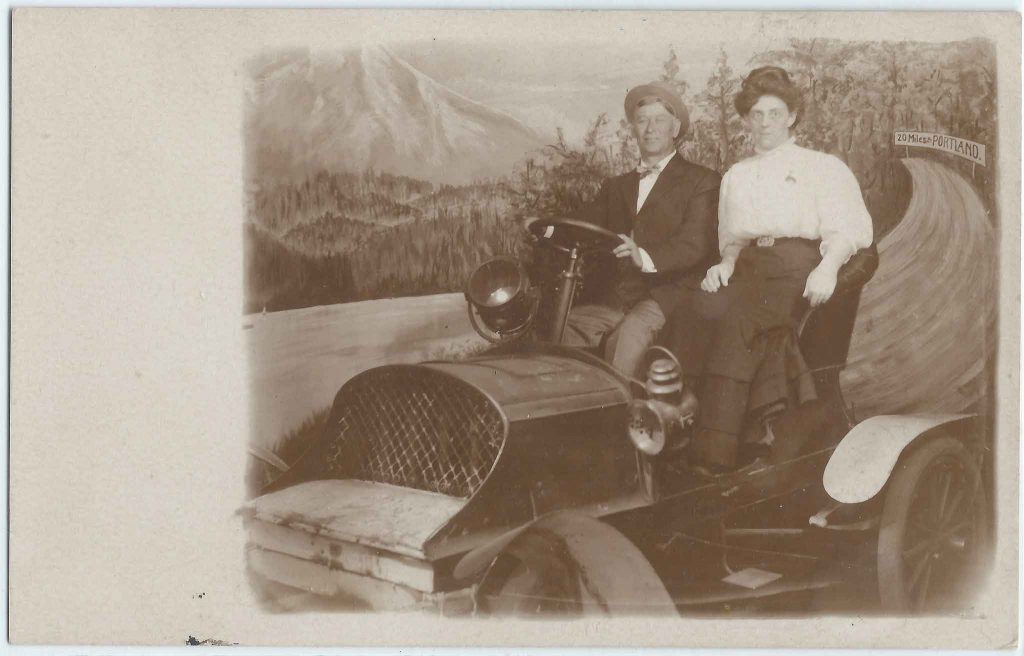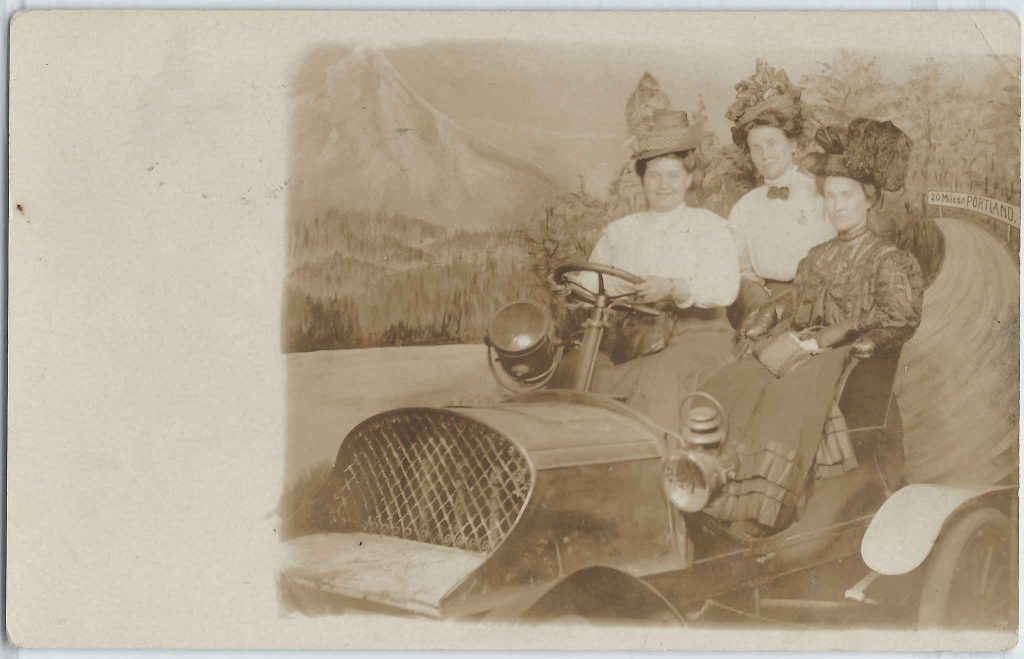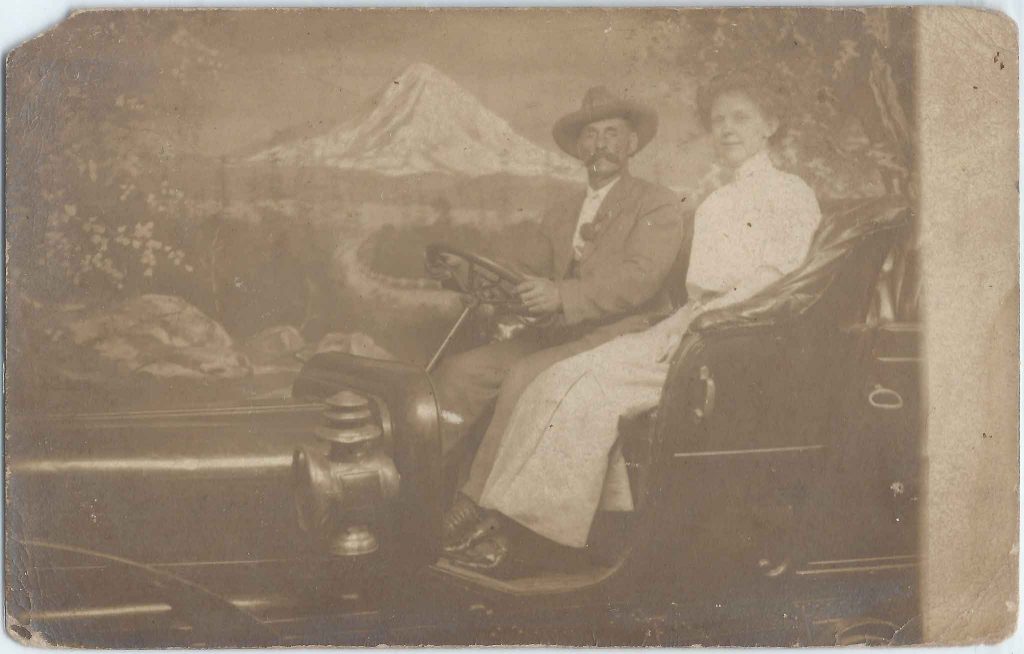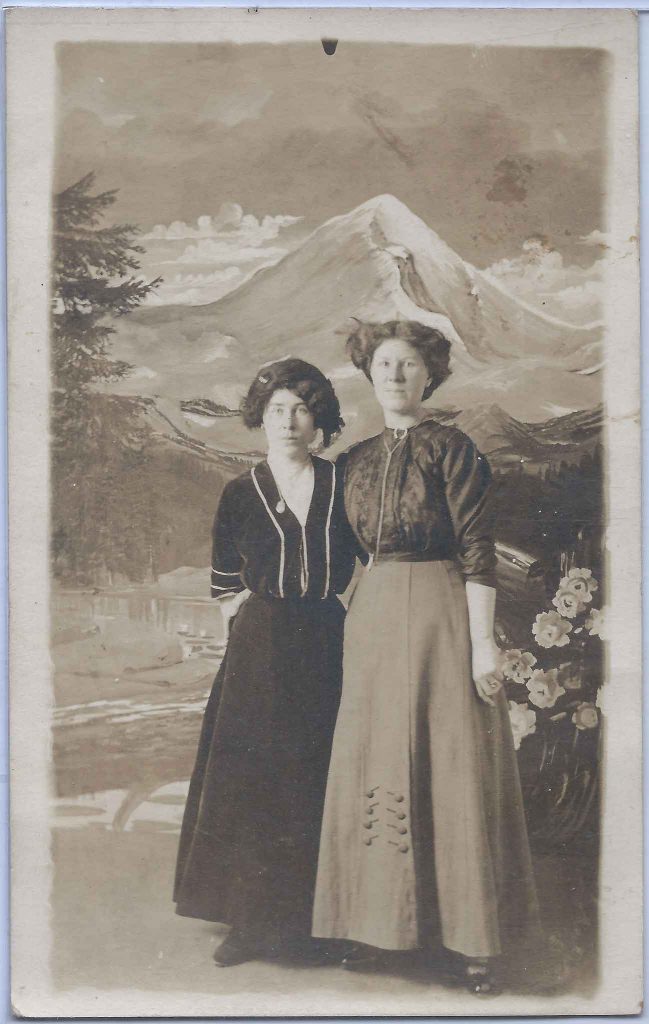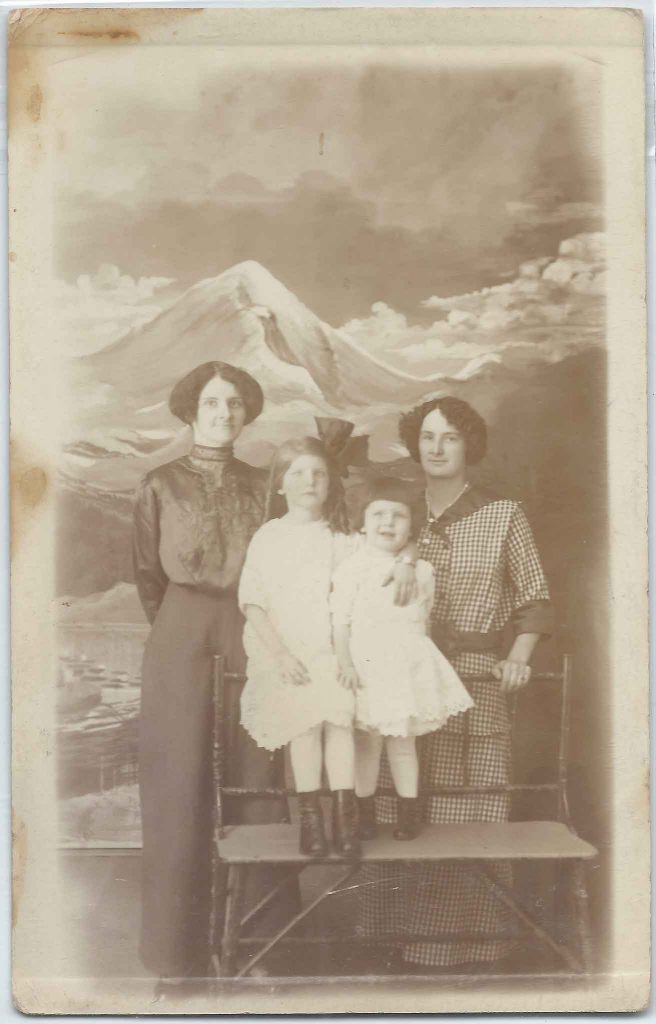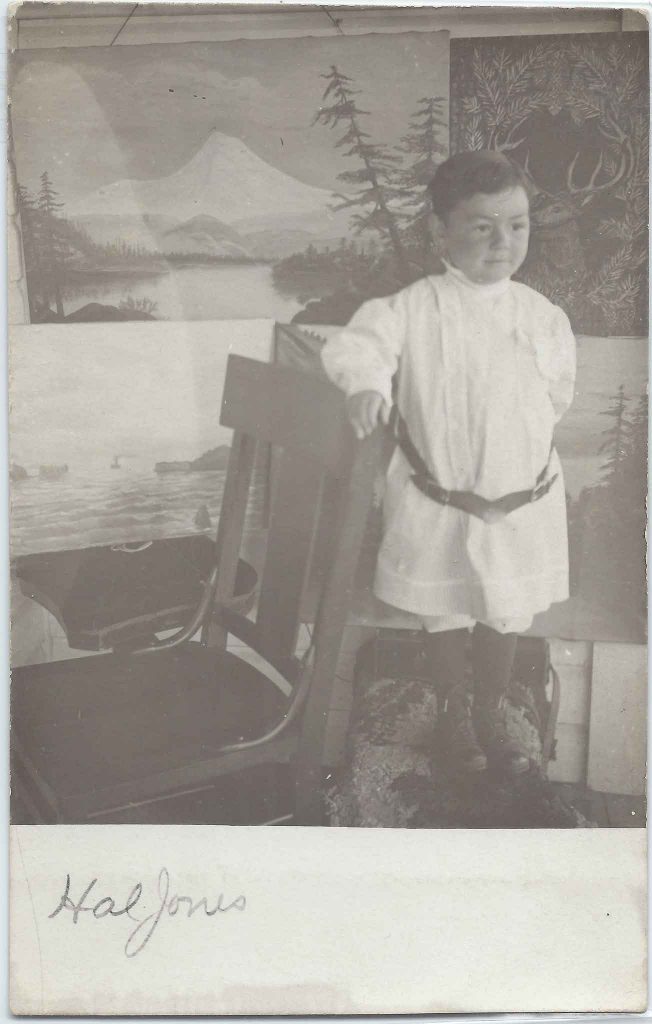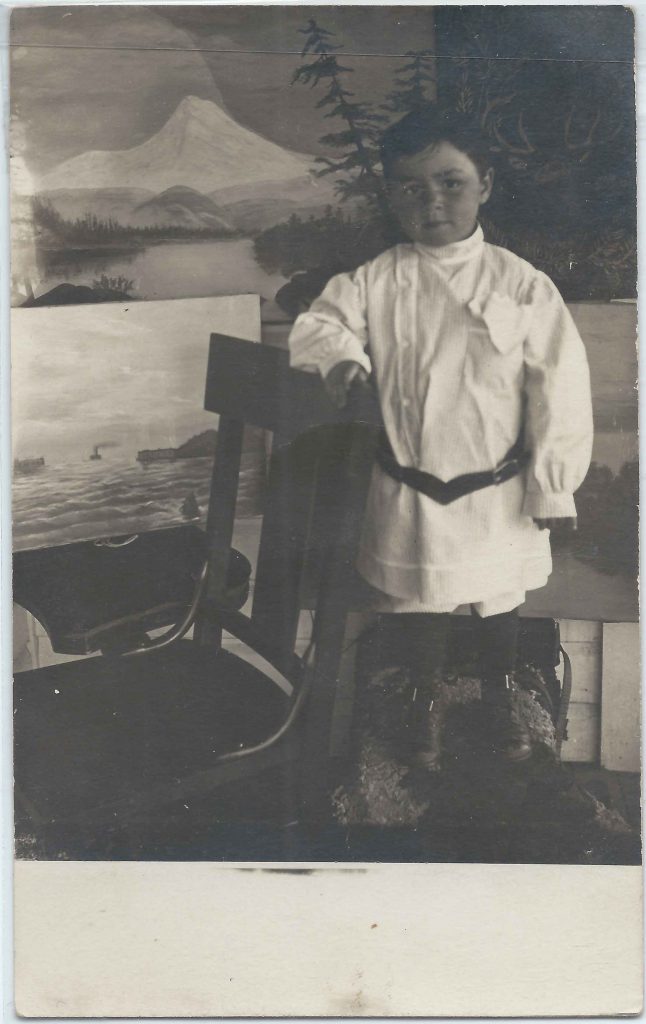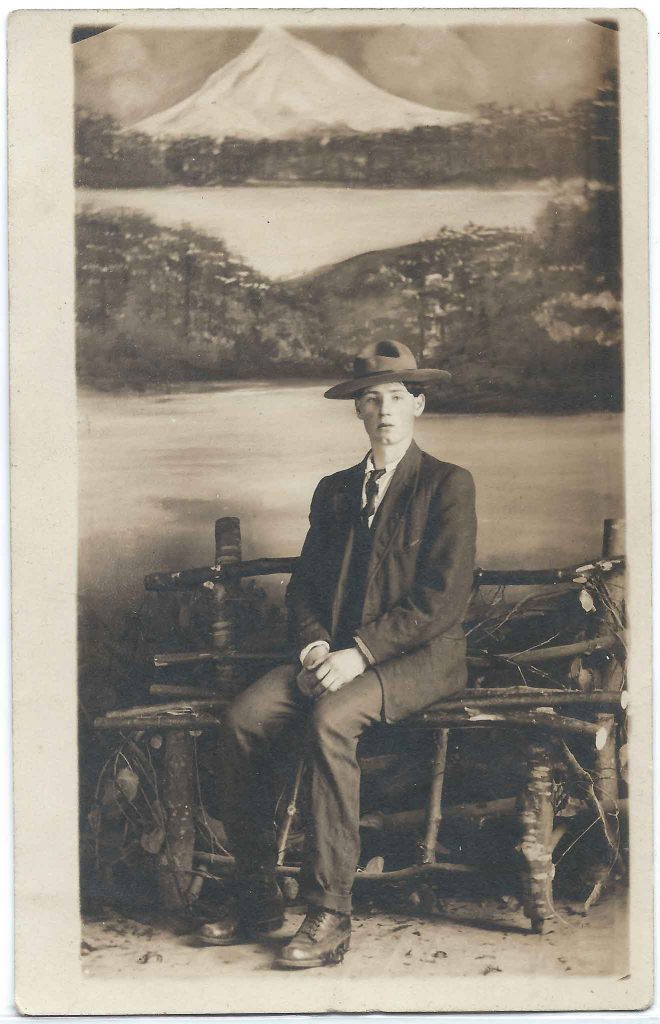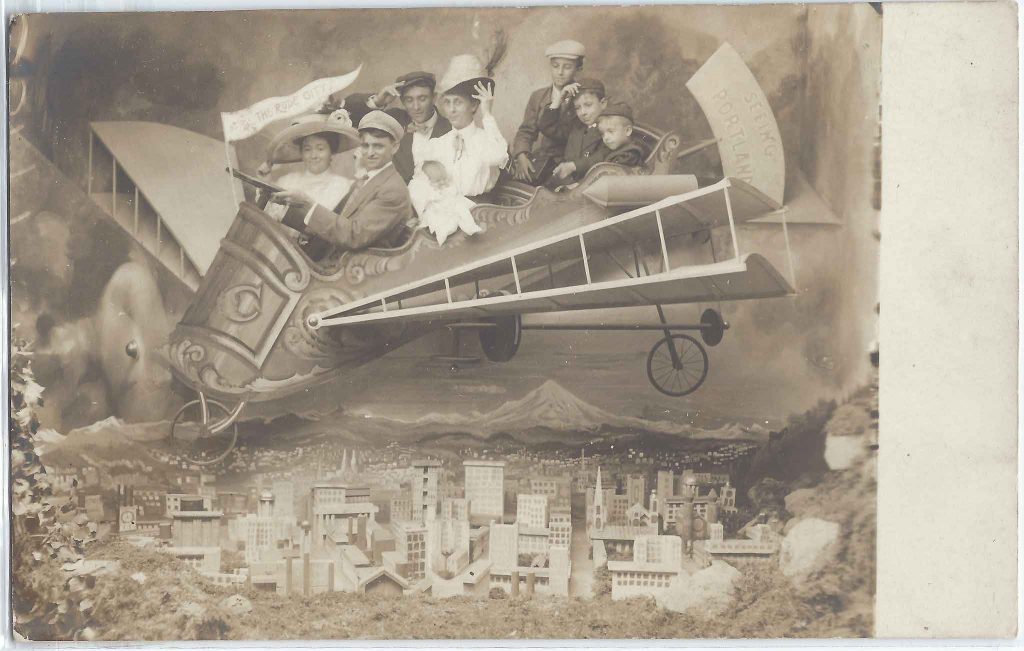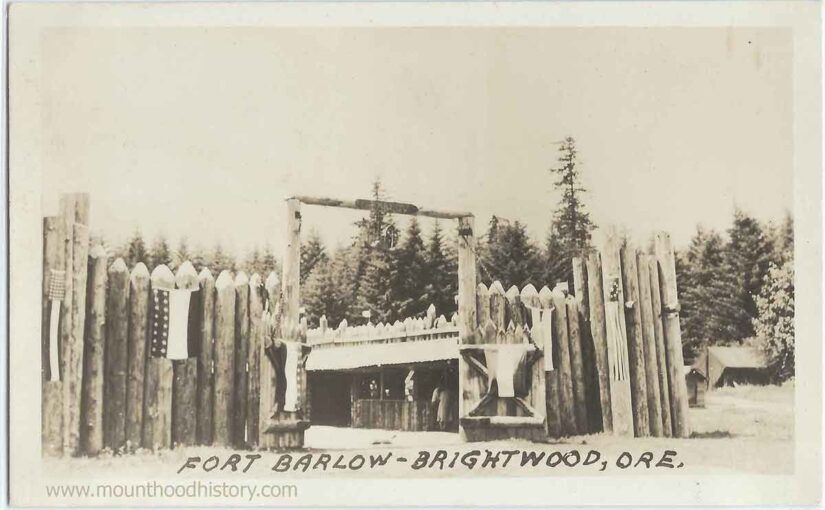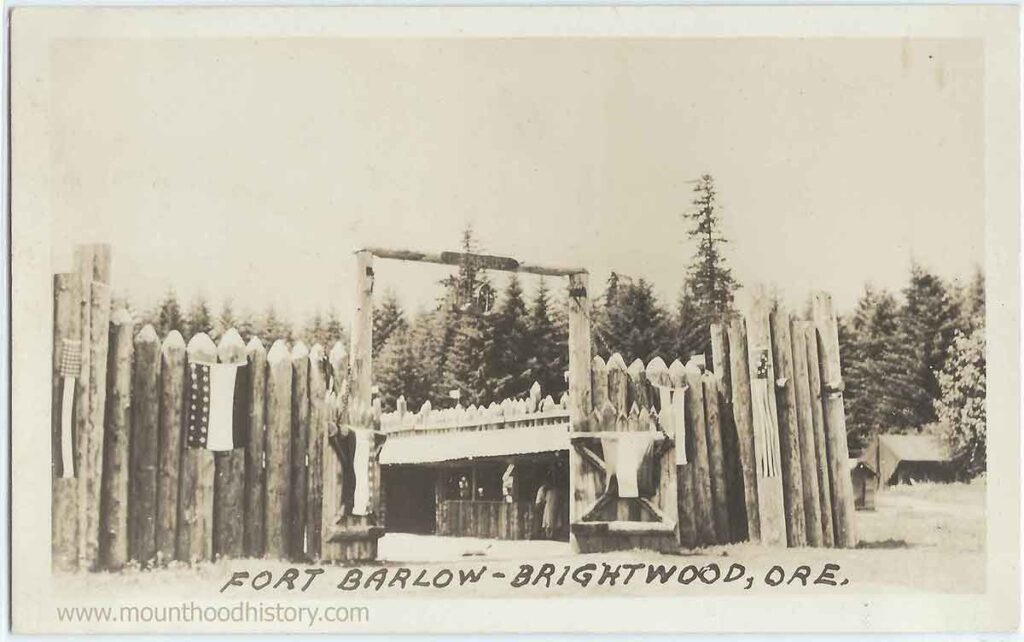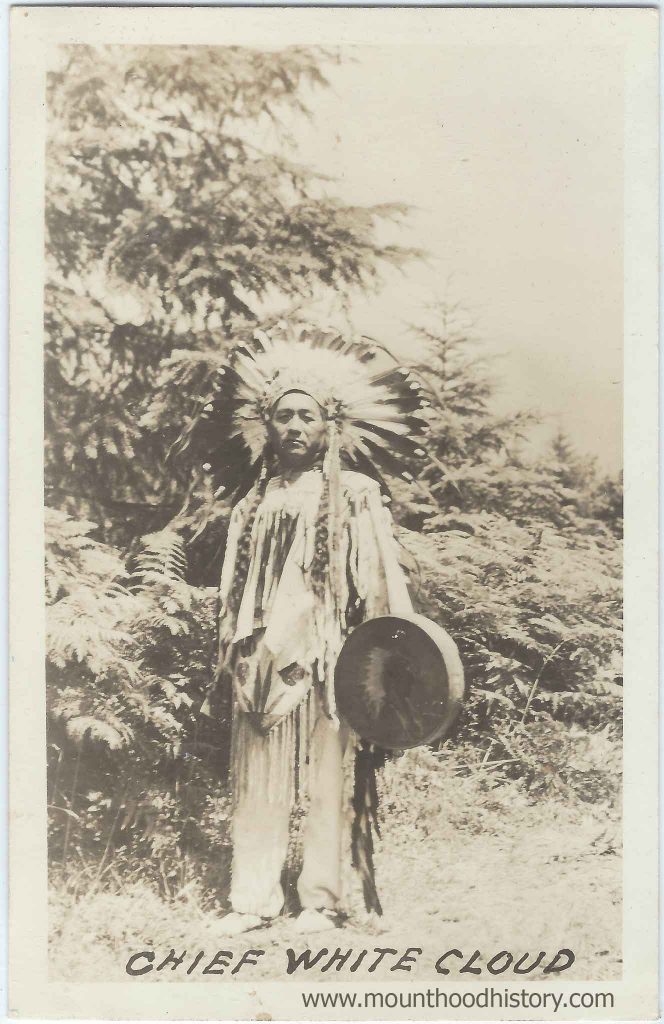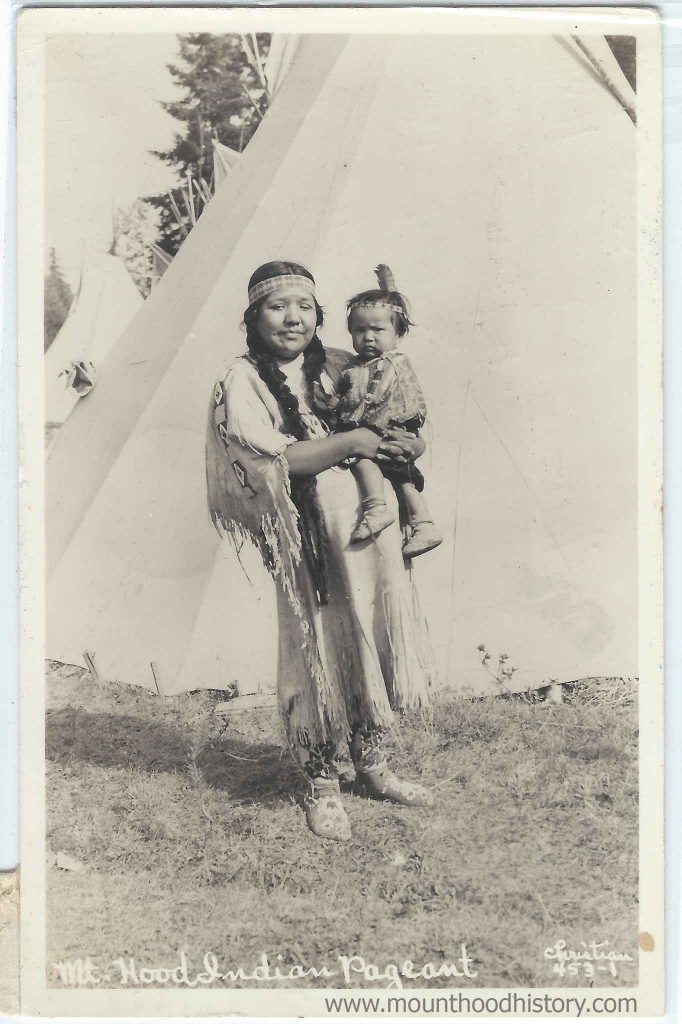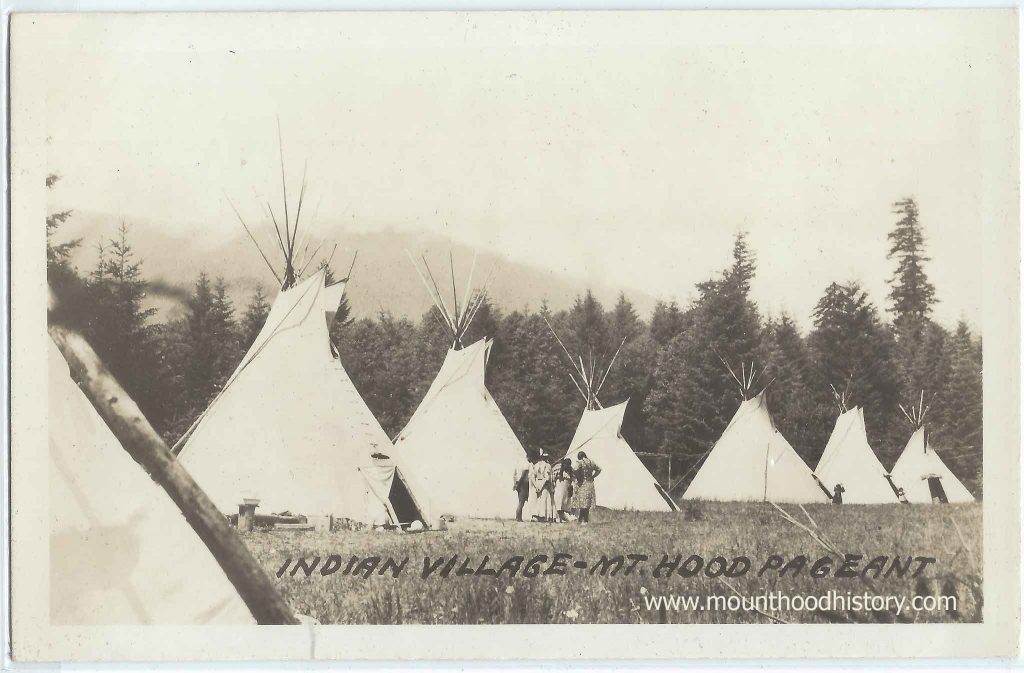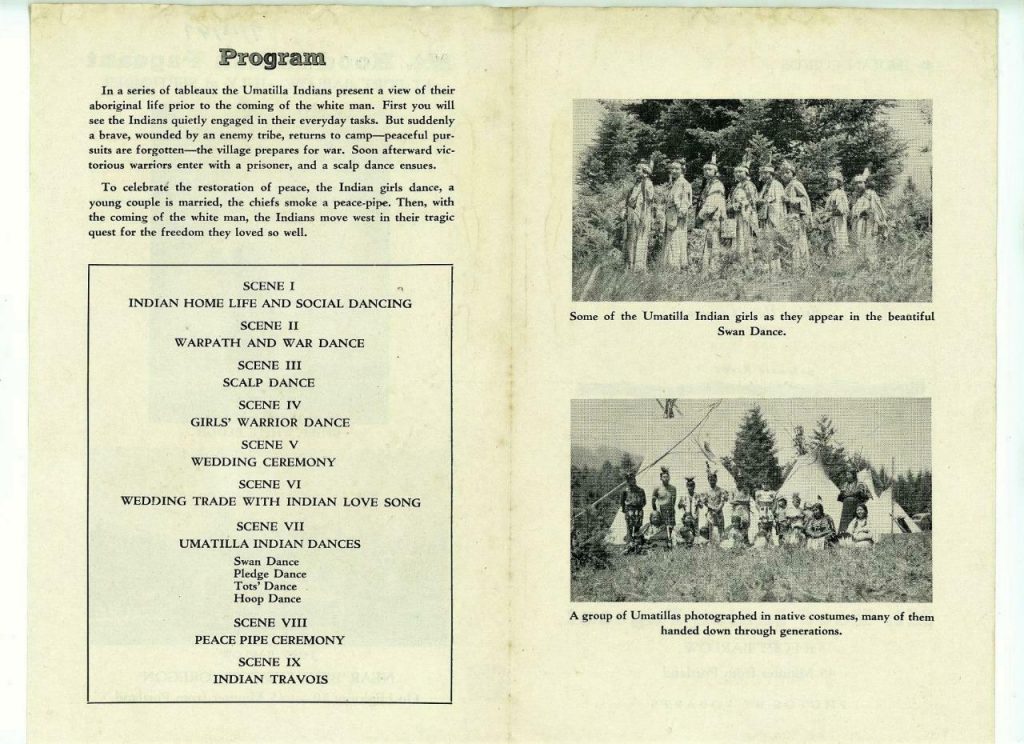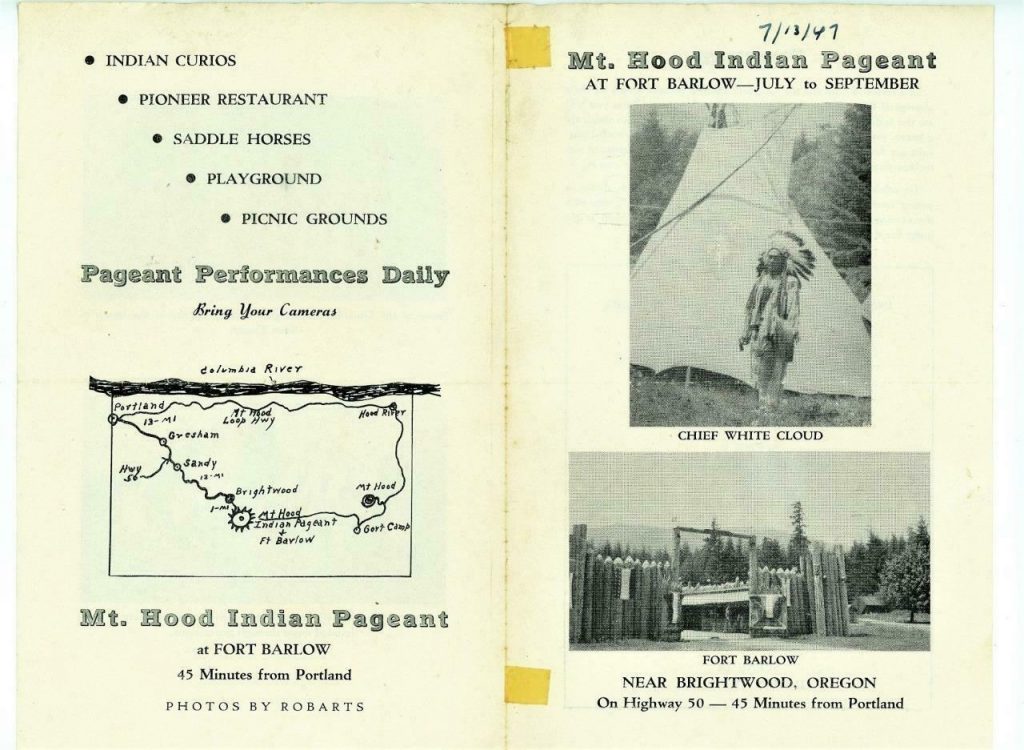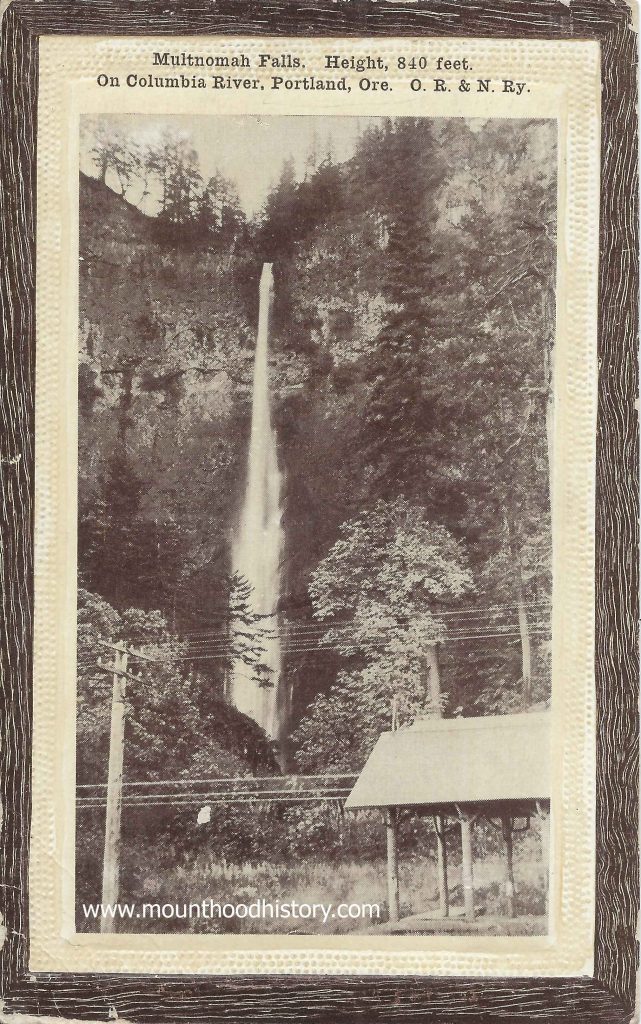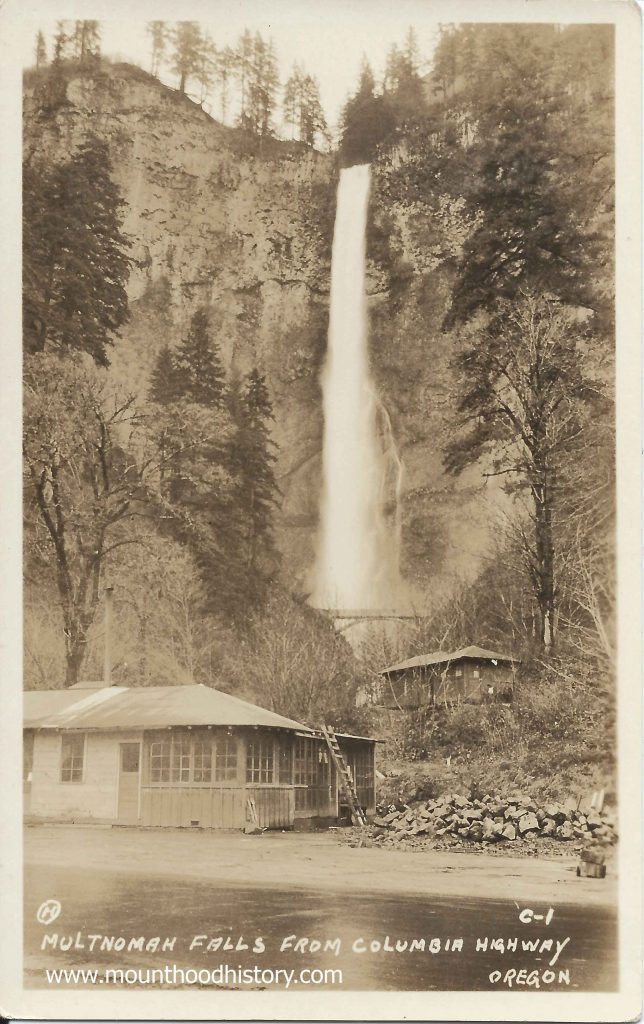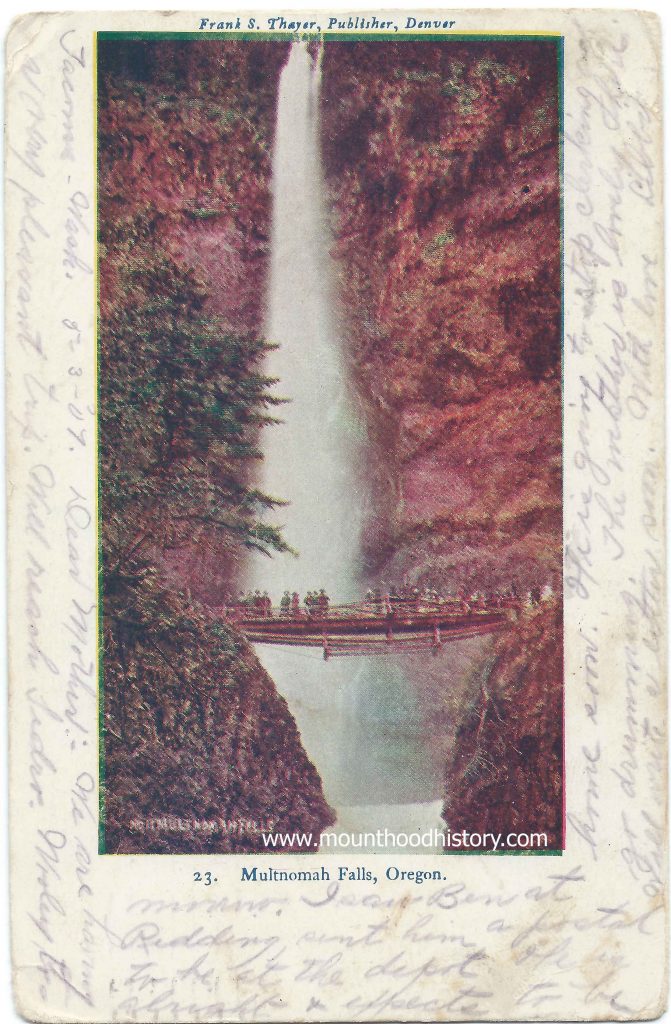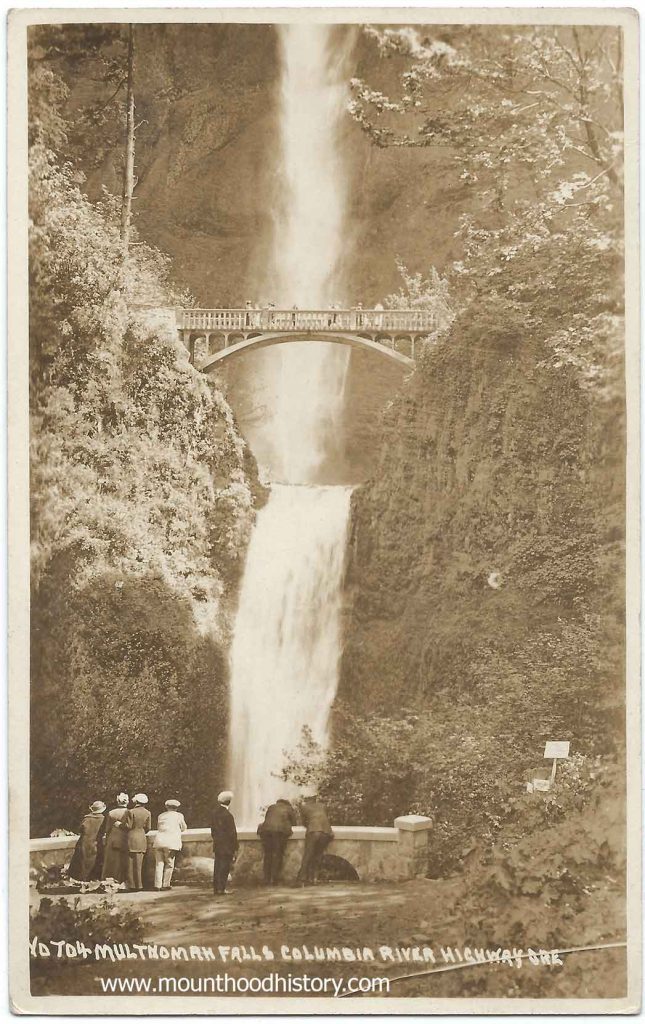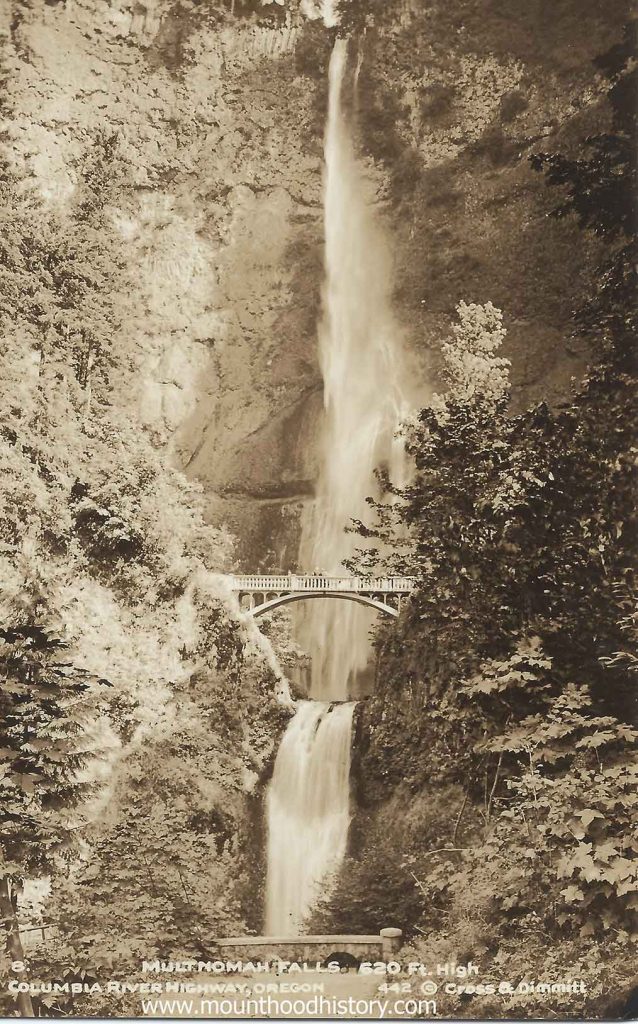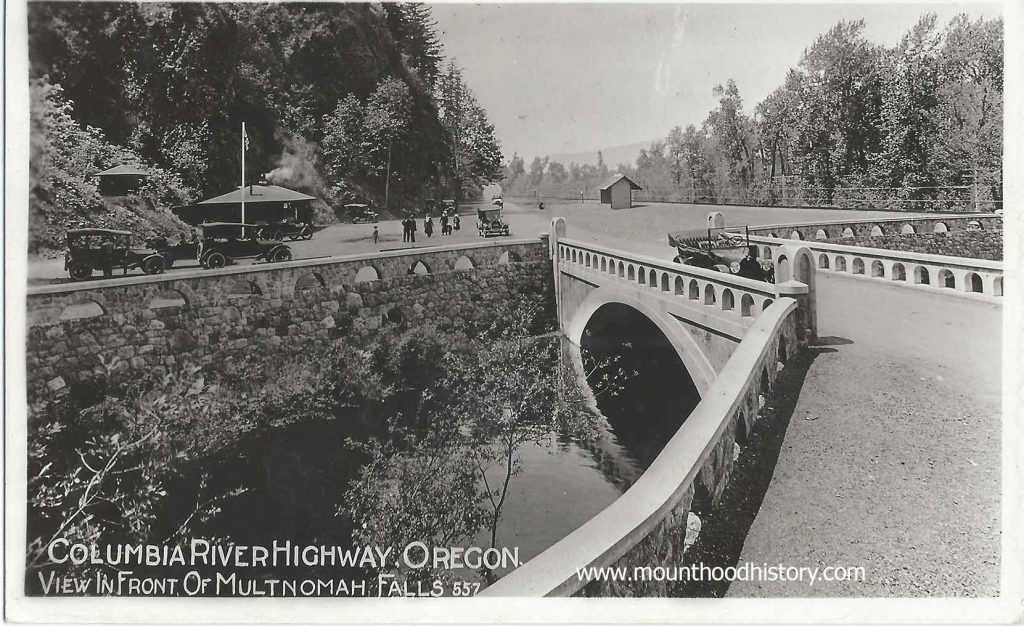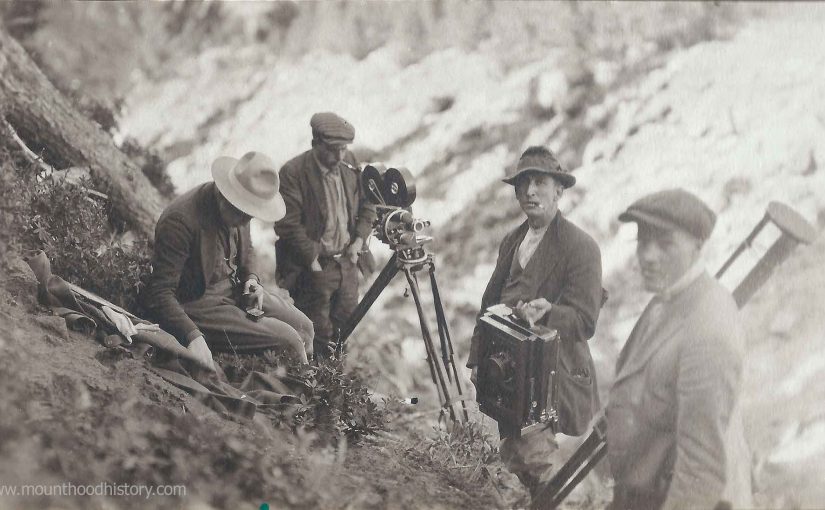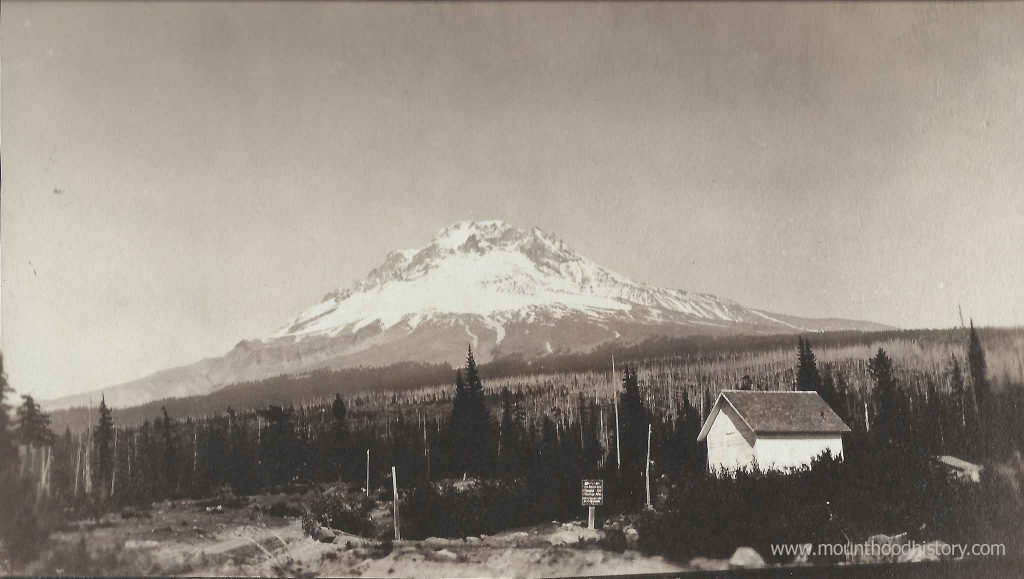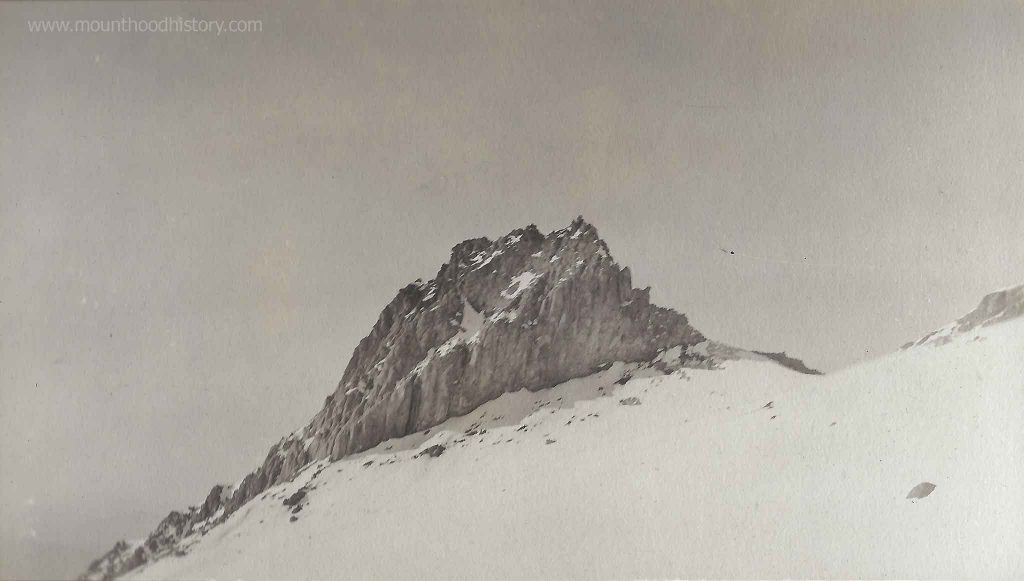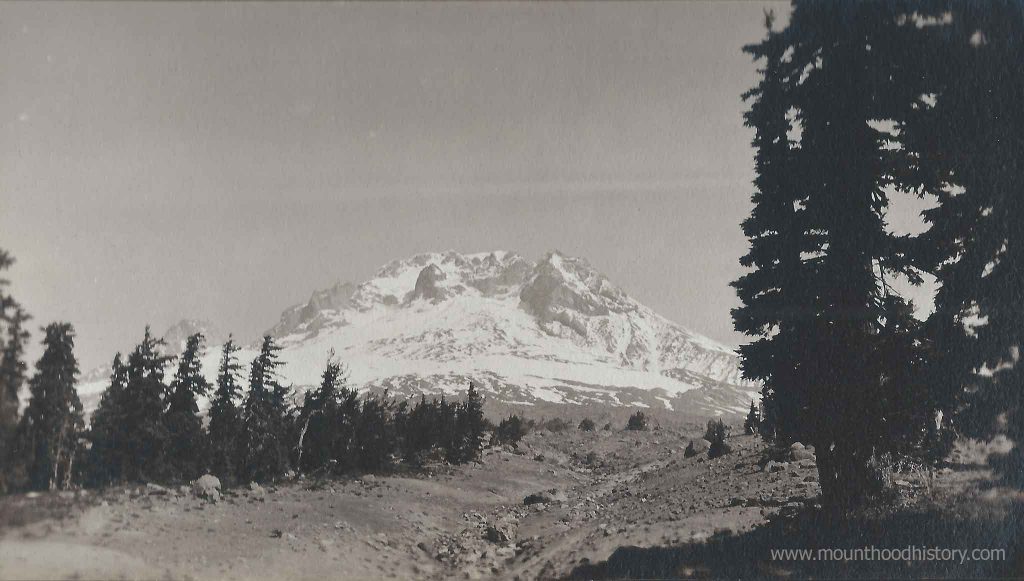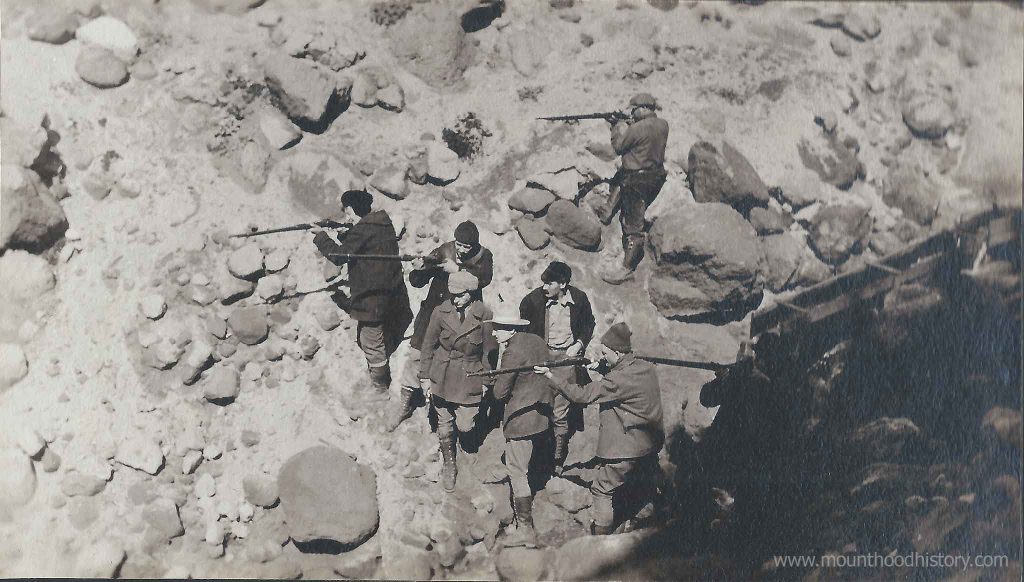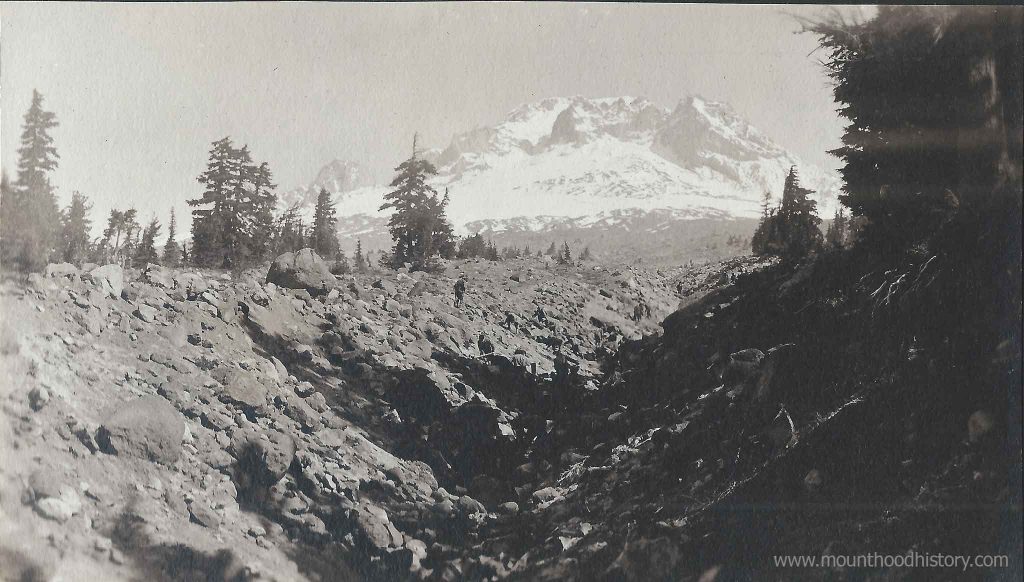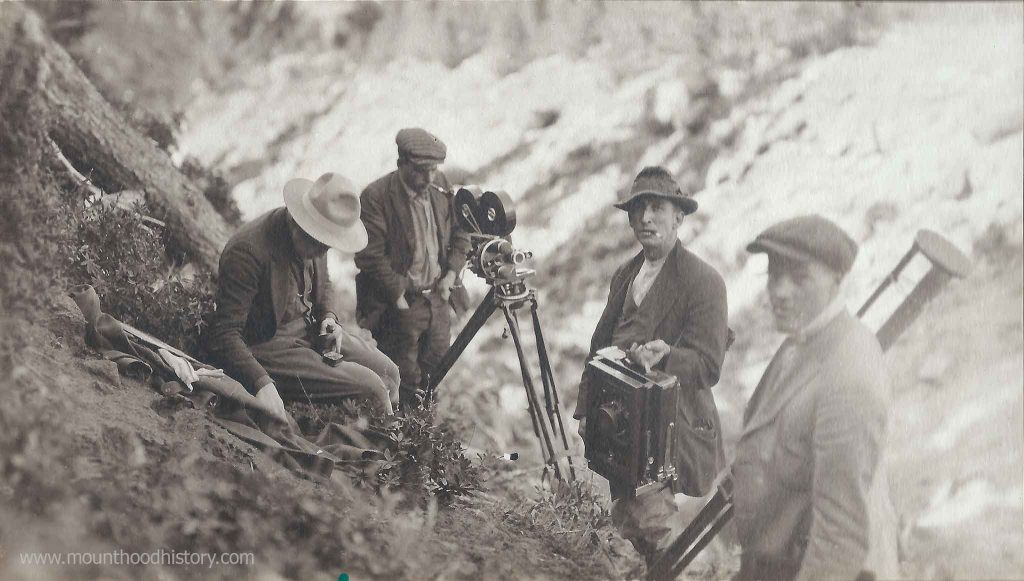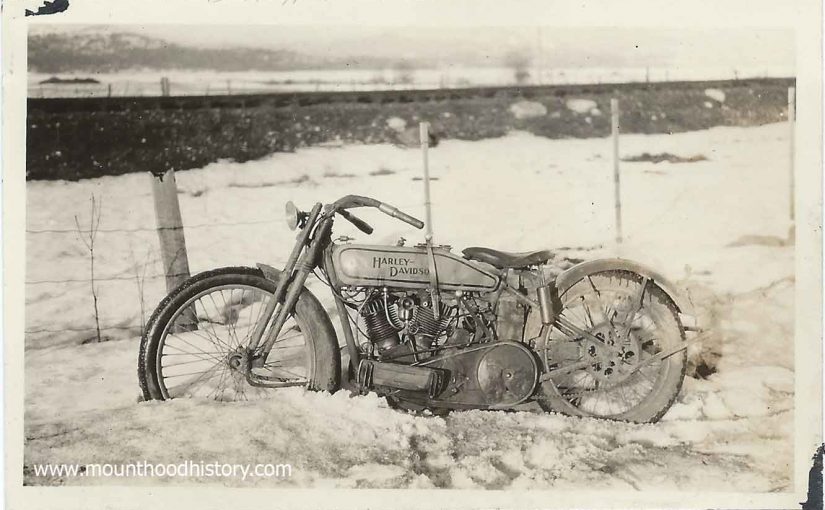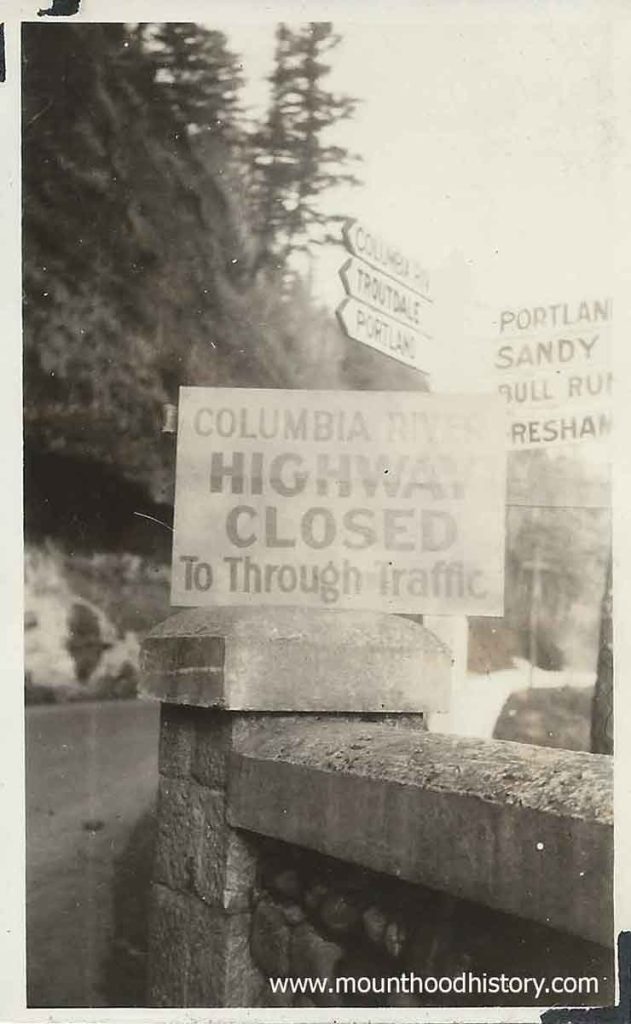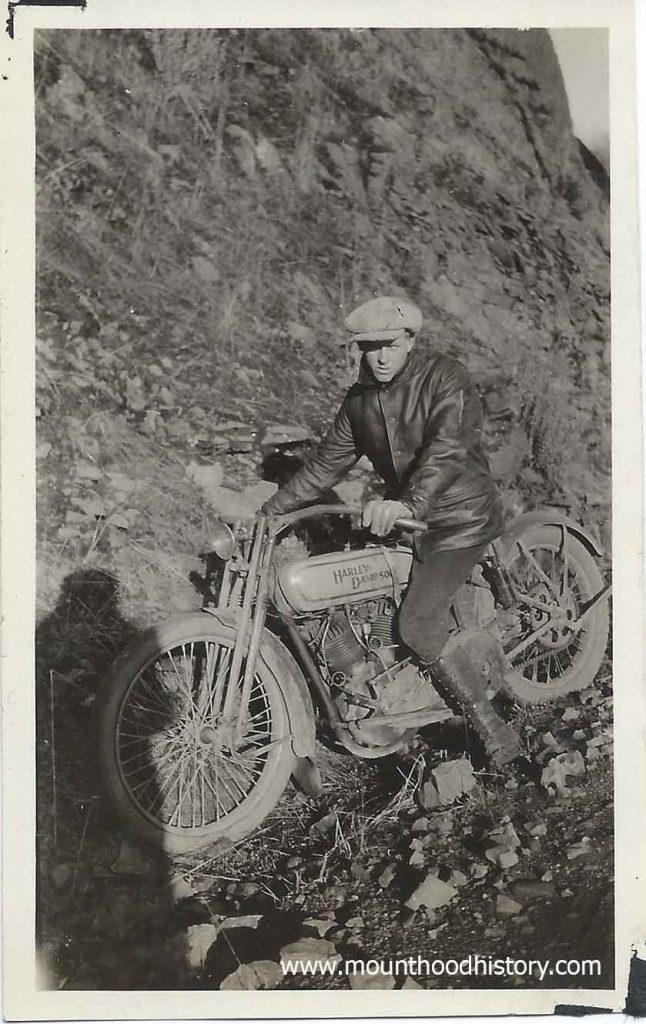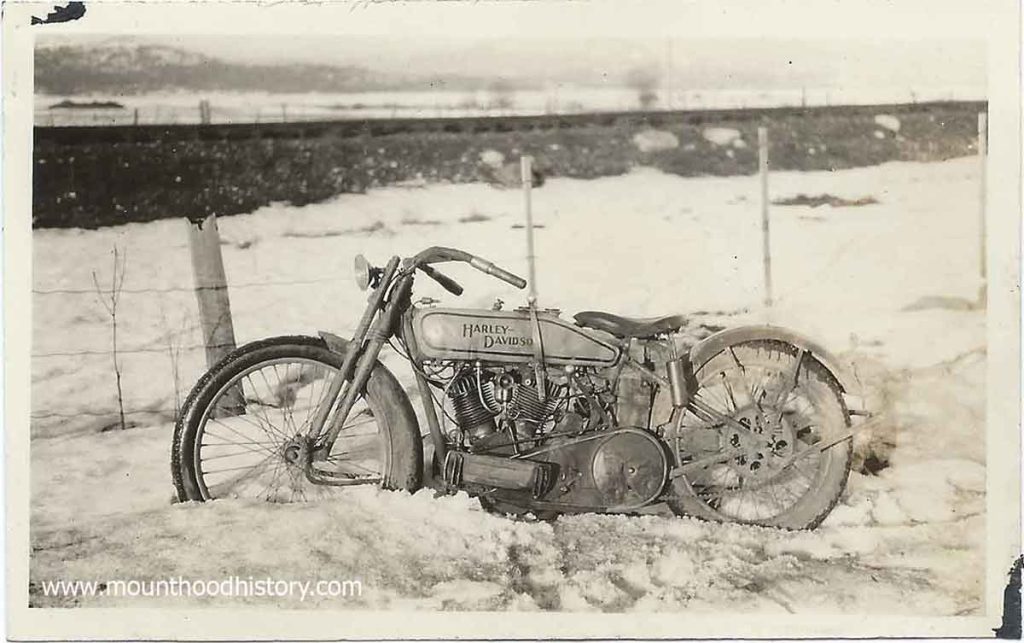And how it became a town and a tourist destination
In 1882, before Welches Oregon became a destination, it was a family homestead ranch. Samuel Welch, an emigrant from Virginia, homesteaded in the valley in 1882. His son William, as well as Edward Kopper, Billy’s first wife’s father, homesteaded in the valley in 1889.
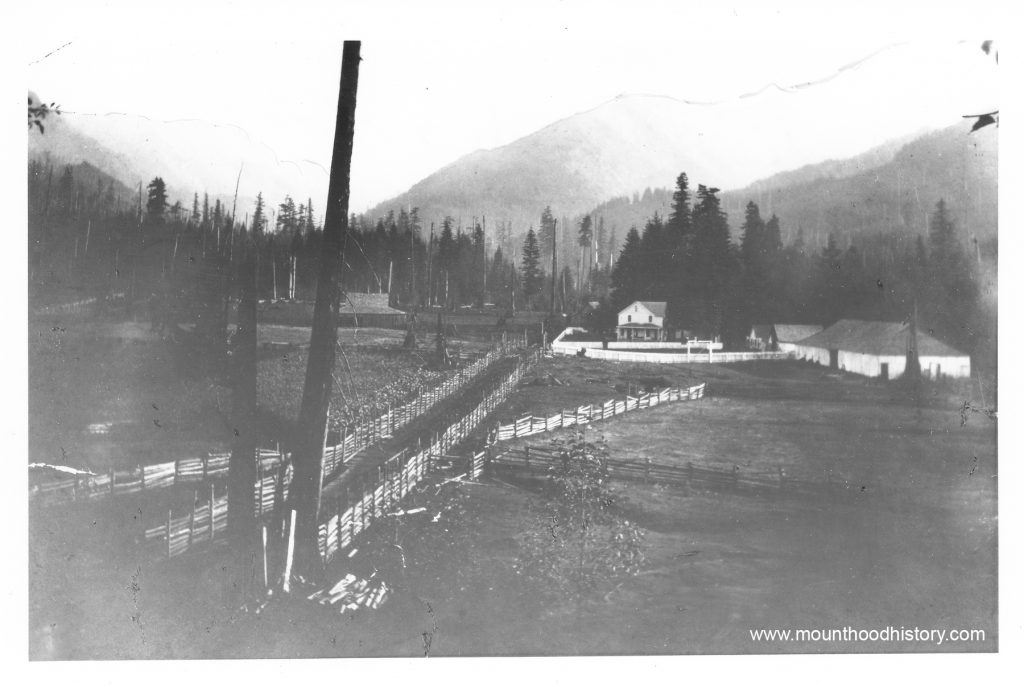
Samuel “Uncle Sam” Welch and his son William “Billy” Welch homesteaded adjoining 160-acre sections of the Salmon River Valley on the southwestern foothills of Mount Hood. Samuel Welch’s deed was signed by Benjamin Harrison on April 19, 1889, and was recorded in the Clackamas County Courthouse on April 27, 1893. The deed to Billy Welch’s place was signed by President William McKinley, June 11, 1897, and was recorded August 23, 1898.
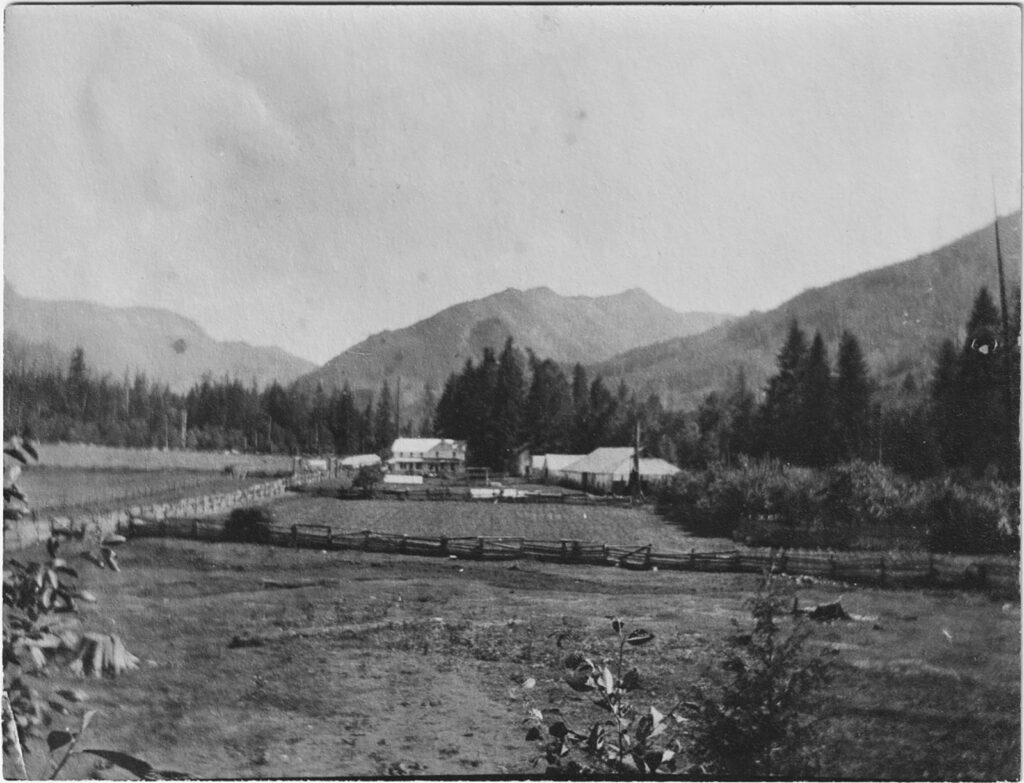
Samuel and Billy bought up other homesteads in the valley until they owned approximately 1000 acres covering the whole valley floor from Walkley’s homestead on the south to “Dutch Fred’s” Homestead to the north (Near present Fairway Av) and extending up the slopes of Hunchback Mountain to the east and Huckleberry Mountain to the west.
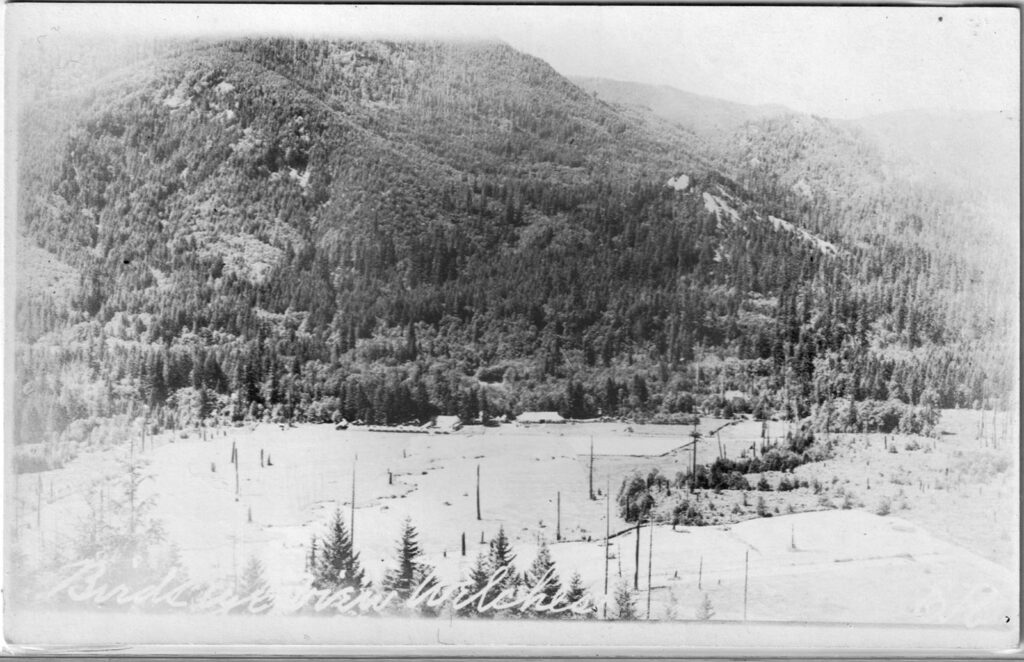
The ranch had pastures, corrals, and barns for livestock, including a herd of dairy cows, a few head of beef cattle, some sheep, and several pigs. It had an apple orchard and a large vegetable garden. Also available were an abundance of fish in the river and creeks and hills covered with deer and elk. There were stables and a blacksmith shop. As time passed it became a stop for stages and then motorized coaches that carried passengers along the old road to Mount Hood.
In 1889 Samuel died and deeded his property to Billy. Billy’s first wife, Mamie Kopper Welch, died in 1902. Tourists used to come to the valley in the summer to camp. In 1905 Clinton Kern and a Mr. Wren leased the property and opened it as a hotel resort, which they operated until 1909. The old dance hall was razed, and a large dining hall was erected behind the hotel near the banks of the Salmon River.
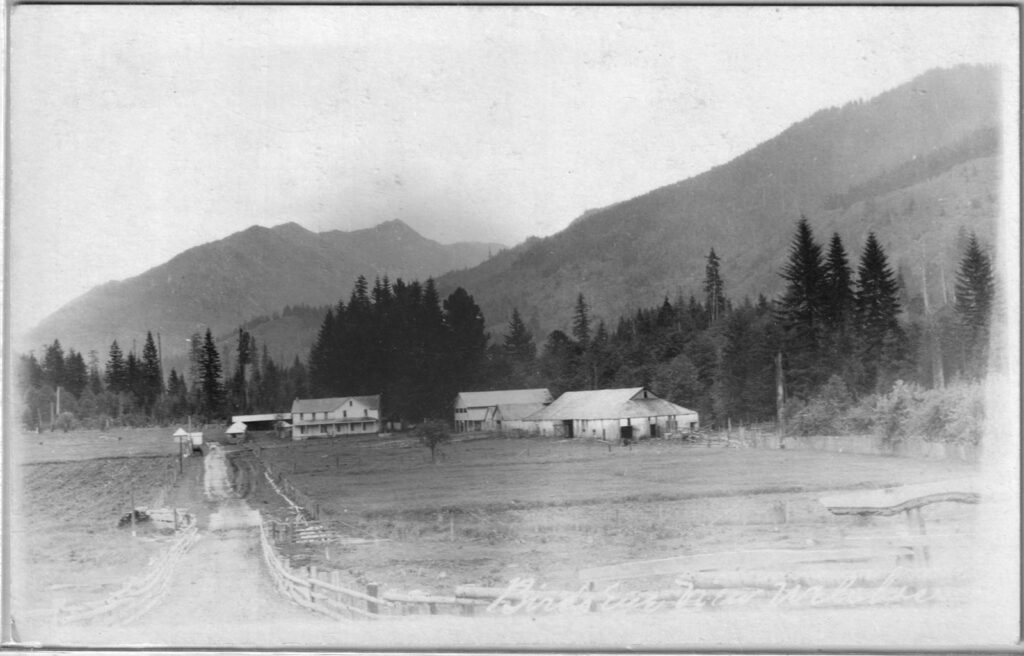
To compensate for the loss of the dance hall Billy enlarged his store, which he maintained control of, and added a room in back with a pool table and a second story that was used as a dance hall. It had an east facing balcony where perspiring dancers could get fresh air and, especially on a moonlit night, a view across the pasture toward Hunchback Mountain.
In April 1911 Billy Welch and Jennie Faubion were married. Jennie’s family homesteaded the little settlement of Faubion, just a couplie of miles east of Welches. Together they ran the resort, the store, post office and the dance hall above the store.
In 1905 the Welches post office was established. It was named Welches because the postal service didn’t allow apostrophes in a town name. Billy Welch served as the postmaster from 1905 until 1940. After Billy’s death in 1942 Jennie Welch carried on the responsibilities of postmaster until 1960 when she retired. After Jennie retired the Welches post office was closed and moved to Wemme where it served the community for 17 years when a new post office was built in Welches.

Back then community bonfires, taffy pulls and roasting marshmallows on long sticks were popular. The children were sent out to drag back wood for the fire, which the adults would pile, wigwam style, in piles over 10 feet tall. Campers would sit around the fire and sing songs. Sometimes the festivities were helped along with a little “fortified cider”. The children enjoyed singing “old standards” such as the folk song “Ninety-Nine Blue Bottles,” which was first published in 1910. (Similar to 99 Bottles of Beer). There were several good story tellers that would entrance the folks around the fire with fascinating stories. They would usually end the evening.
And then there were the dances. There were dances in the dance hall every Saturday night. Back then most everyone would come to the dances. Parents of small children would bring blankets and tuck the little ones in the corners of the hall. Billy Welch and one or more other local fiddlers would provide the music. Billy, with his eyes half closed, would pump out “old tunes with a lively beat” while dancers shook the building as they whirled and danced two-steps, schottisches, and the Paul Jones, interspersed with an occasion square dance and a waltz to allow the dancers to catch their breaths.

The valley was becoming a popular spot for summer vacations. In 1910 Tawney’s Hotel, about a mile south of the Welches Ranch at the end of the road, was entertaining guests. Other lodges were being built including the Arrah Wanna Lodge, about a mile down the Salmon River and the Rhododendron Inn in Rhododendron.
Billy slowly converted the ranch to an outdoor vacation resort with a hotel and facilities for campers, hikers, hunters, anglers, and their families. Tent cabins were added when there were no longer enough rooms to meet the demand for lodging. Campers were arranged throughout the area around the hotel and along the Salmon River.
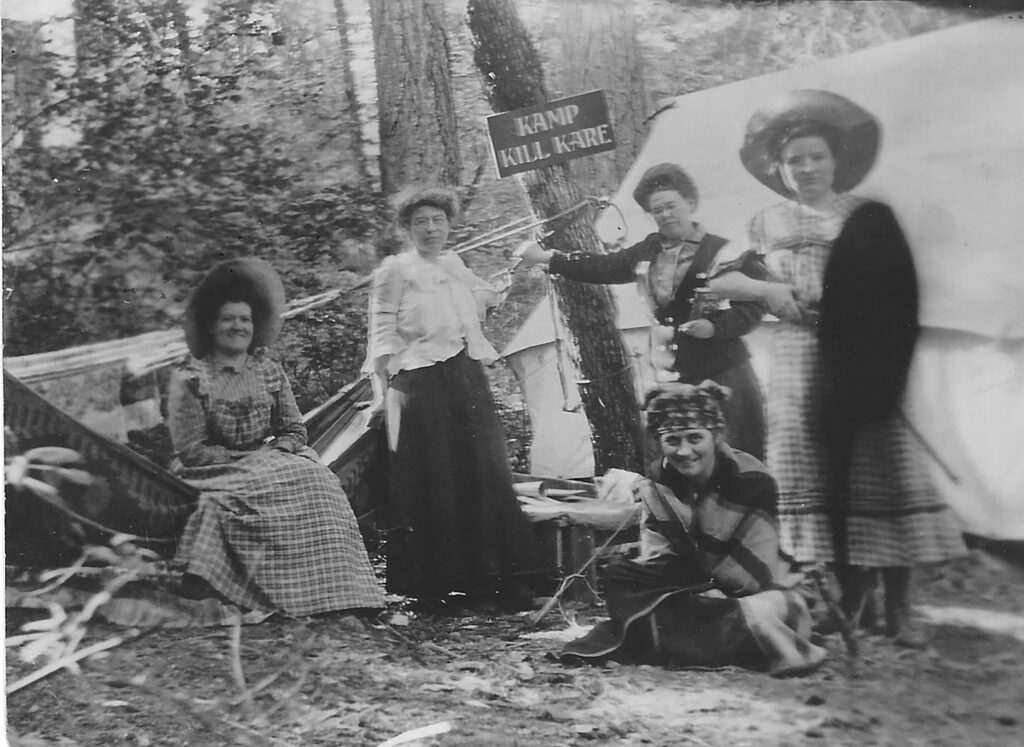
Billy allowed people to camp along the Salmon River, with many of the people returning each year to the same camp spots. After a while Billy subdivided a portion of his property to allow those people to purchase their plot of land. Most of the people built small family cabins and the era of vacation cabins began.

The first vacation cabin south of the Welches Hotel was put there by the Kaderly family. Mr. Kaderly arranged with Billy to move Uncle Sam’s original homestead cabin to a location about 300 feet south of Billy’s home. Except for the hand-hewn foundation and stringers, the whole cabin was constructed of all hand split cedar. In time more cabins were constructed by other families to the south of the hotel facing the meadow along the road toward the Walkley place.

In about 1885 Sam sold 5 acres to Mr. and Mrs. John Roberts of Gresham. They built a cabin on the property. Their son Ed helped Billy in the Welches Store for several years. In 1903 Ed married Dora Owens and in 1910 they built their home on the original Roberts property. In 1913 Ed opened a small photo and candy shop that developed into Roberts Country Store. It was located not far south of the Welches Hotel. Ed died March 29, 1963, at the age of 84.
In 1928, Mr. Ralph Waale leased the Welch pasture with an option to buy. They constructed a nine-hole golf course and operated it until 1939, when they relinquished it to the Welch’s. Billy and Jennie continued operation until 1942, when Billy Welch died. It went through several owners before it was sold to Mr. Eugene Bowman.
CLICK HERE to read more about the development of the Mt Hood Golf Course, Rippling River and the Resort on The Mountain.


